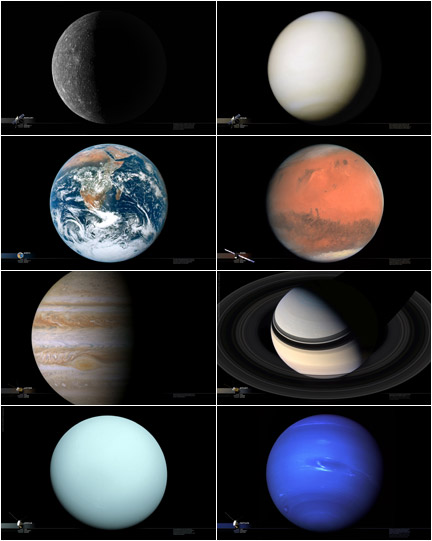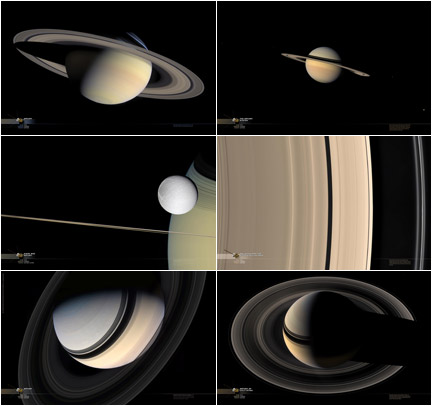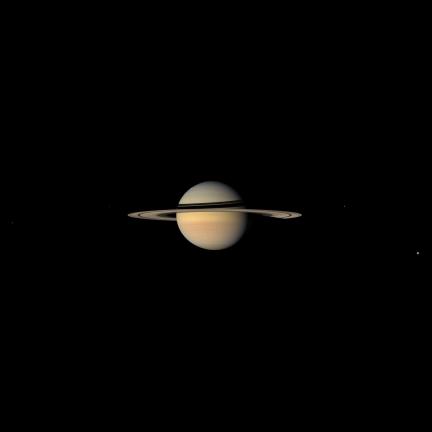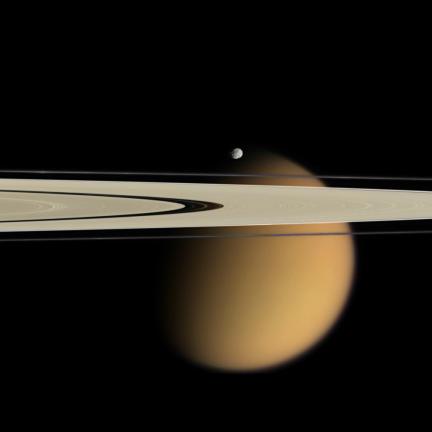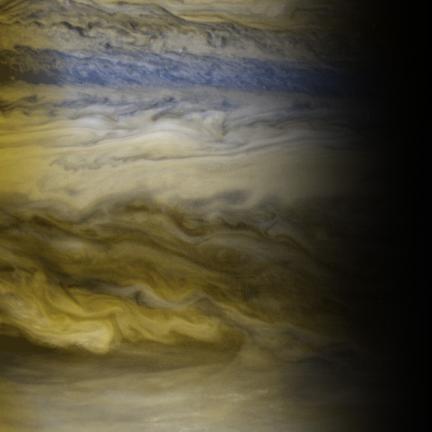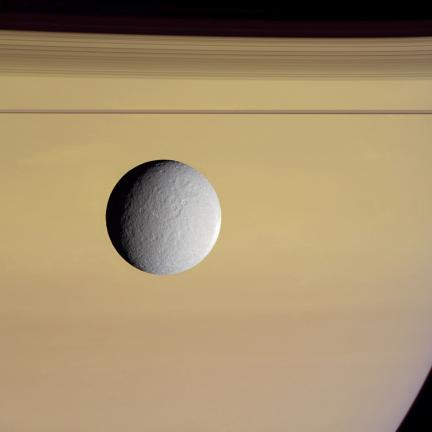In August 1966 NASA began the Lunar Orbiter series of missions that were intended to get up-close images of smooth areas of the moon suitable for landing both Surveyor unmanned lander probes as well as the eventual manned missions of Apollo. Note that these missions had only begun 3 short years before the successful Apollo 11 mission that saw mankind take its first steps onto the surface of another world… now that is some turn-around time! Lunar Orbiter 1 actually took place while the Surveyor series of missions had already begun. This would suggest that some of the data obtained from the Lunar Orbiter probes were collected and used immediately in the execution of Surveyor missions.
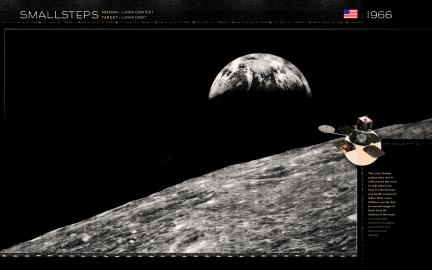
This first Lunar Orbiter mission is credited for returning the first 2 images of Earth as seen from the distance of the moon. Most people refer to these kinds of images as “Earthrise” images, although that description is incorrect in the traditional sense of the word. Since the same side of the moon always faces Earth, an Earthrise is only possible in a Lunar orbiting spacecraft that is in effect chasing the Earth. Down on the surface of the moon… if you can see Earth in the sky, then you will always see Earth in the sky. It will always be in the same place, at the same size and at all times of the Lunar day.
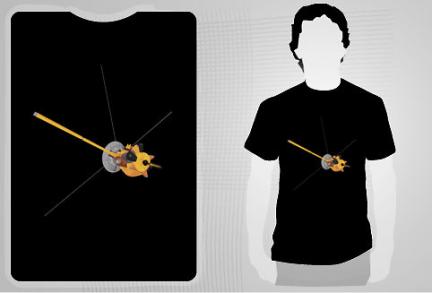

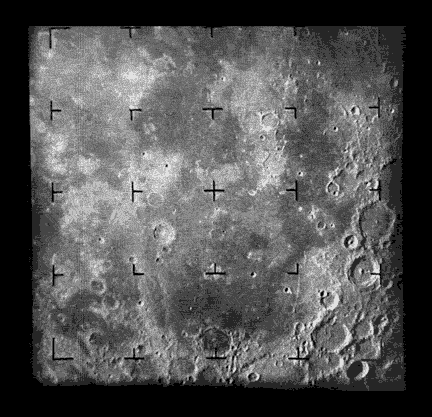
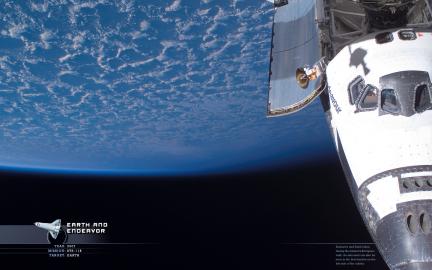
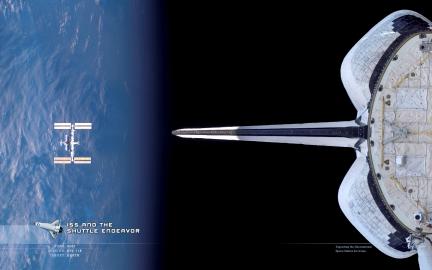
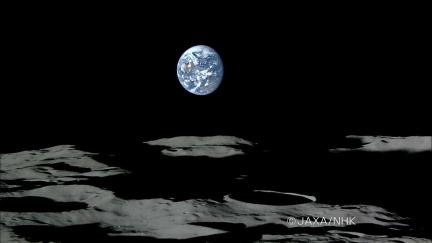
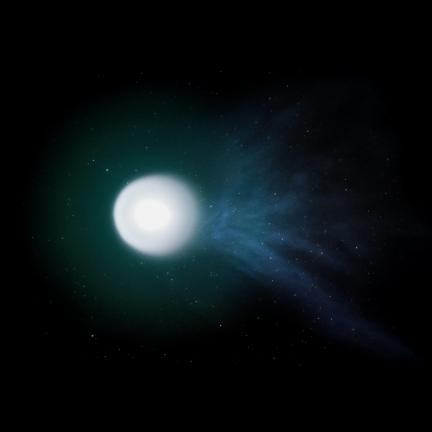

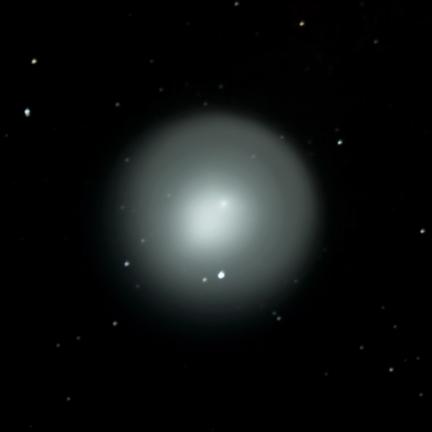




 There have been some nice NASA animations of the interaction between some “shepard” moons and the rings, but this has to be the most impressive. There are some blank frames in there for gaps in the data… but the effect is still easy to follow.
There have been some nice NASA animations of the interaction between some “shepard” moons and the rings, but this has to be the most impressive. There are some blank frames in there for gaps in the data… but the effect is still easy to follow.